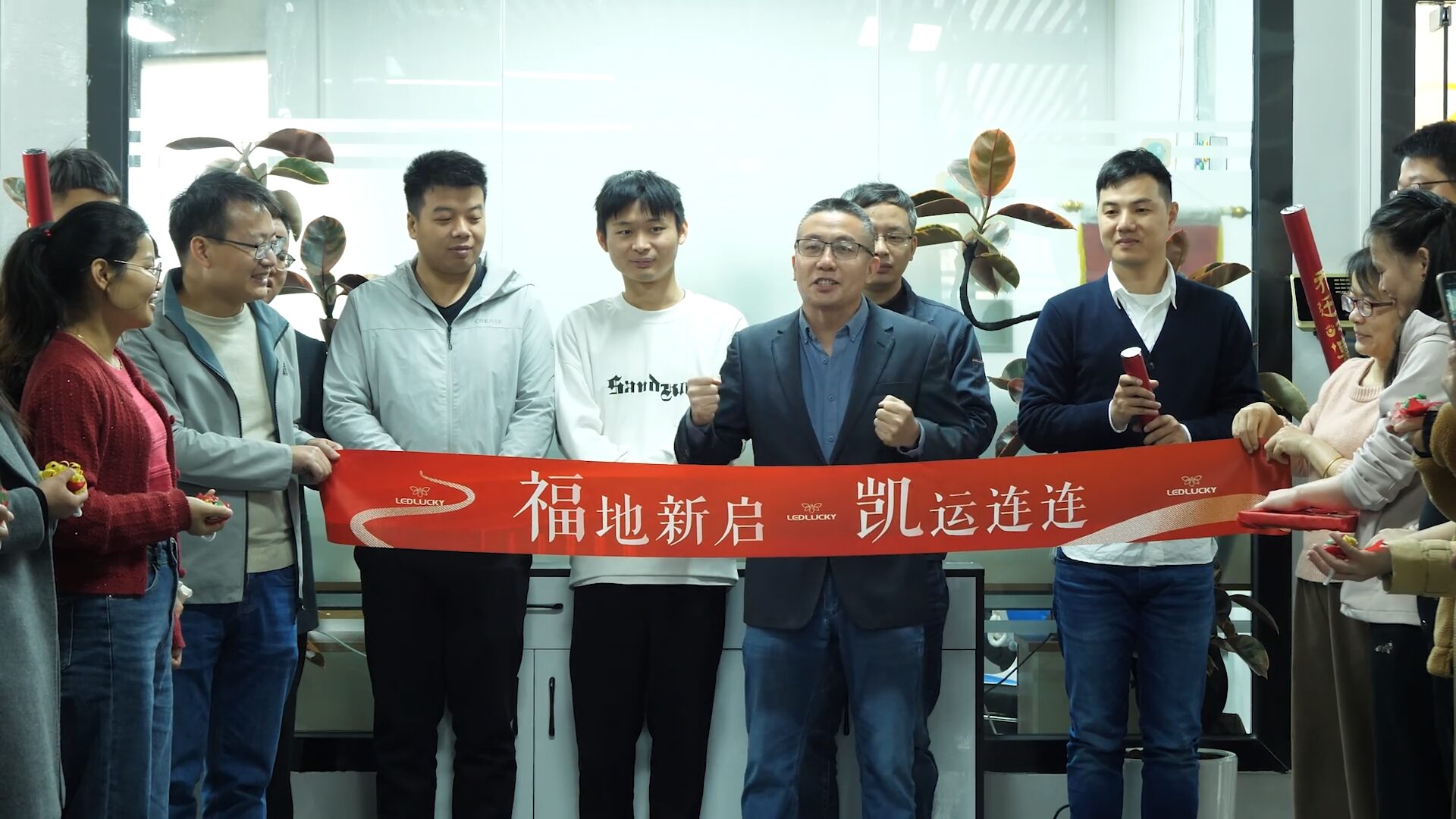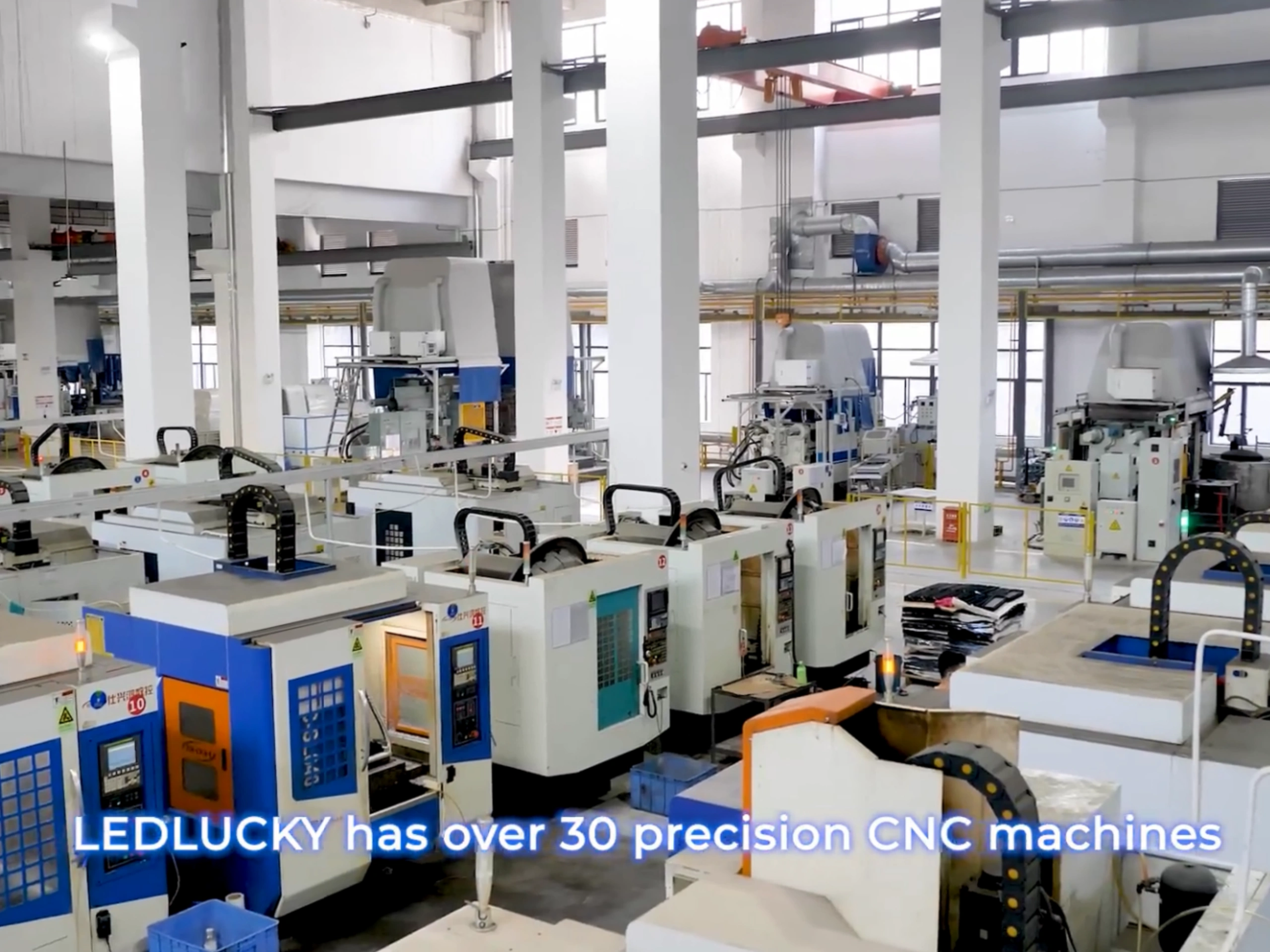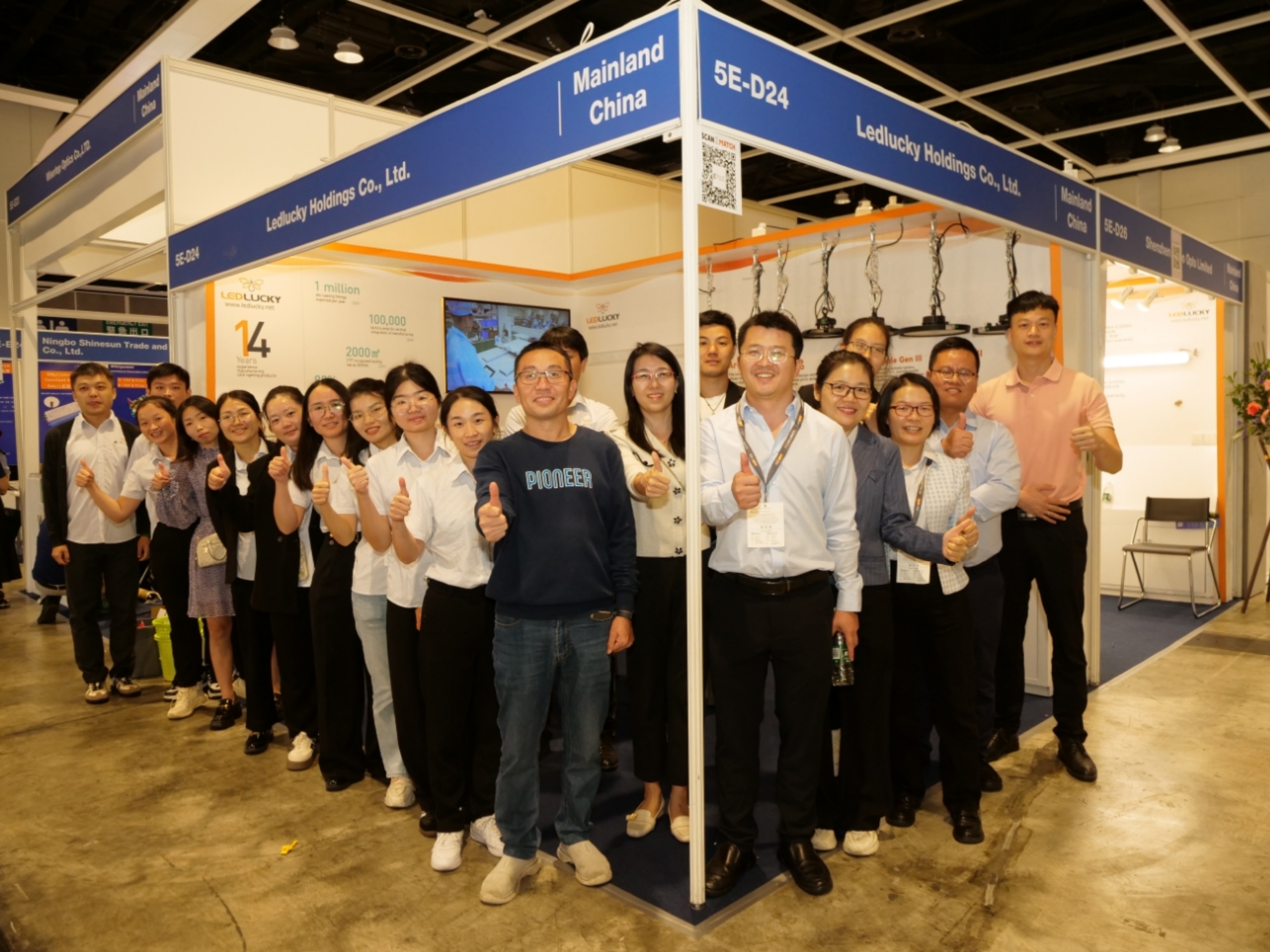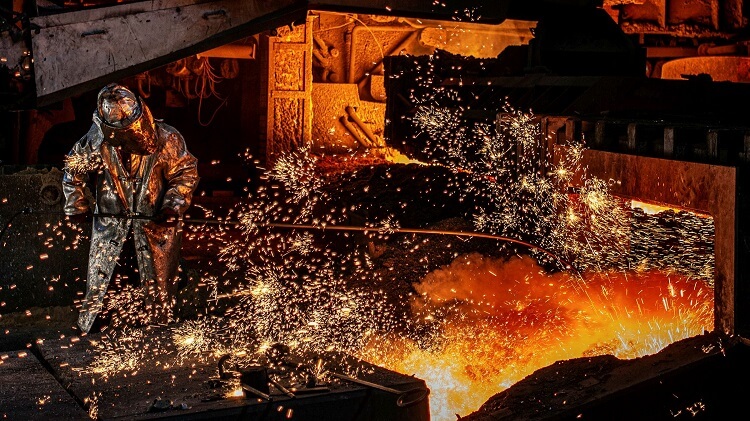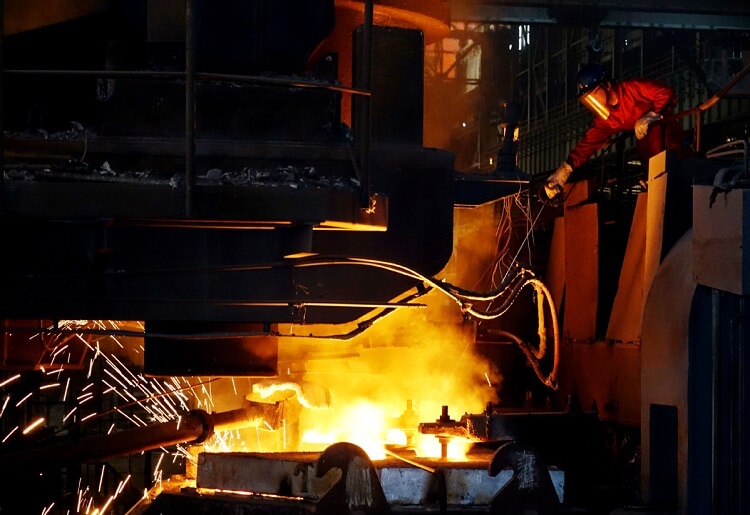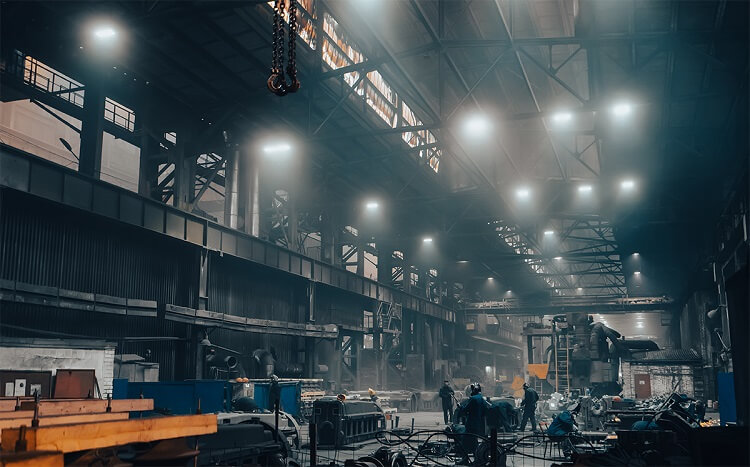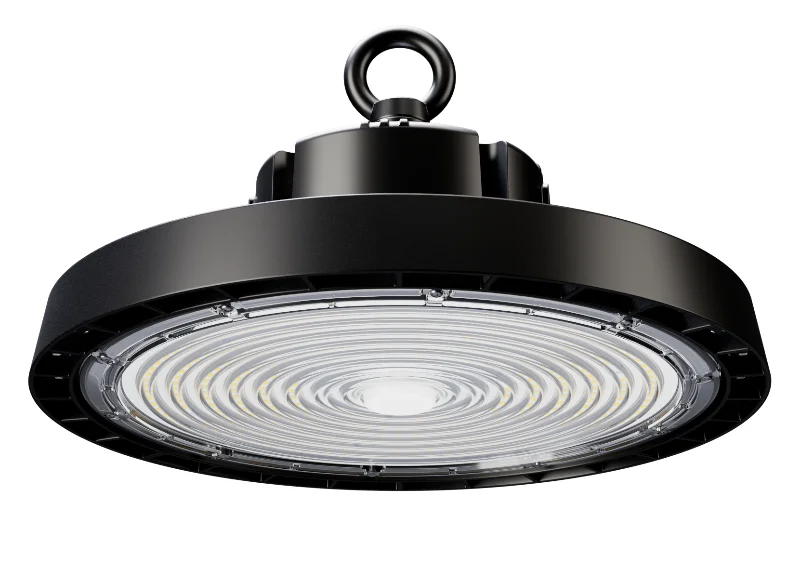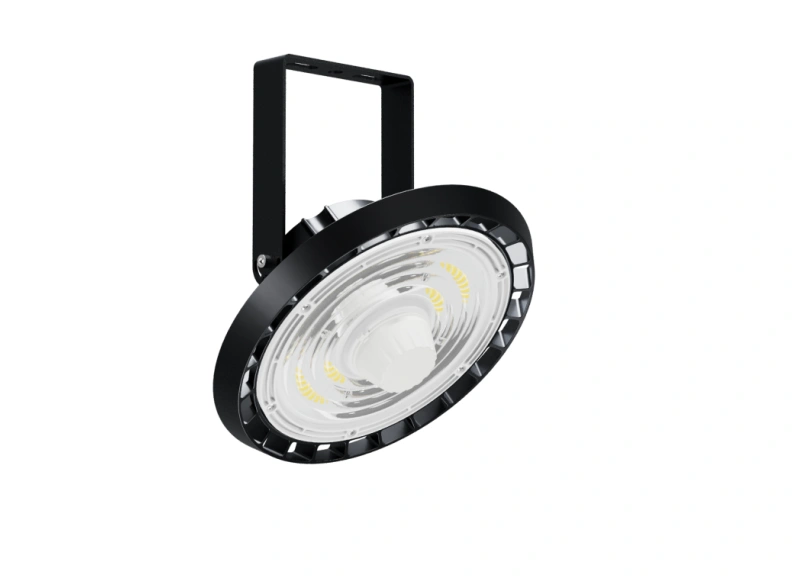An Ultimate Guide to The Steel Industry LED Lighting
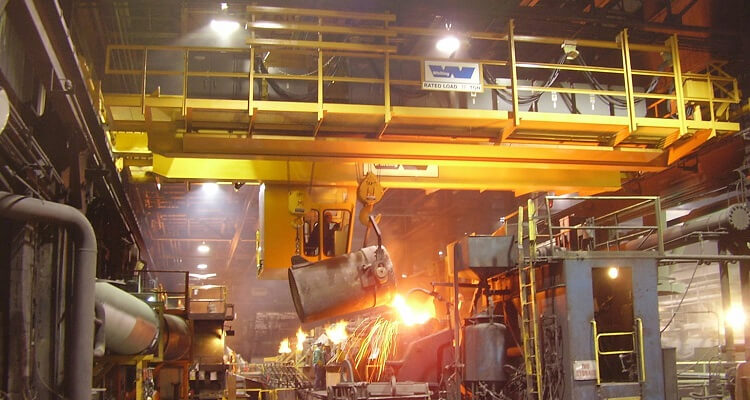
About 8% of the world’s total carbon emissions come from steel and iron production. One of the biggest challenges facing the steel industry today is reducing its energy consumption and emissions. This can be accomplished by switching to LED lighting.
Energy-saving LEDs are more efficient than traditional incandescent bulbs. They can last up to 50,000 hours. They can also reduce energy costs and help the steel industry become more sustainable.
This guide will explain everything you need to know about LED lighting for the steel industry. Besides choosing the right bulbs, we will also discuss the benefits of switching to LED lighting for your steel company. Let’s get started!
1. How Can the Steel Industry Solve its Lighting Problems?
LED lighting always benefits the steel industry, whether in energy reduction or cost-effectiveness. However, each industry needs different lighting to maintain optimal productivity. Often, the product or production conditions dictate the design. In the darkroom, for instance, photographers need red light bulbs.
The steel industry has even more specific lighting needs due to the often hazardous work conditions. This can lead to several problems, including high temperatures, dirt and chemicals, and the danger of replacing bulbs.
Let’s take a look at steelworkers’ interesting lighting problems and potential solutions.
Temperature
Working in a steel mill presents a unique set of challenges when it comes to lighting. The constant heat emanating from the furnace means that you must place the lights high up, out of reach of the intense heat.
The exact temperatures that steelworkers must deal with vary depending on the type of steel they are working on. The temperatures can reach up to 4200 degrees Fahrenheit. This can pose problems, as the high placement of the lights can make it difficult to see and work.
Workers use metal halide or compact fluorescent lights (CFLs) to combat this. But, these lights are prone to lumen depreciation. So the light output begins to fade over time. This necessitates frequent bulb replacement and can pose a serious safety hazard if workers cannot see.
Dirt and Chemicals
Dirt and hazardous chemicals, by-products of steel mill processing, are also major problems for lighting. The heat from the furnaces can damage the light fixtures as this rises with the temperature. Partly it is simple dirt that obscures the light source.
It is also vital to note that you must structure the bulbs to prevent dangerous chemical by-products from spreading. This includes things such as binder carbons, refractory ceramic fibers, etc. It can cause decreased efficiency and even complete failure of the lighting system, posing a serious safety hazard for workers in the steel mill.
Danger Replacing Bulbs
Another major danger of using traditional light bulbs is the problem of having to replace the bulbs. Both of these factors make this a dangerous and costly situation. If the mill is operating, changing the bulbs is impossible. This means you must shut it down while the work is being done.
This can lead to a significant loss in productivity and revenue. Those replacing the bulbs are also at risk due to heights and machinery that can be very dangerous.
In some cases, hiring professional services to replace the bulbs may be necessary, further driving up costs.
2. The Ultimate Lighting Solution
At LEDLUCKY, we are proud to offer the steel industry innovative and effective lighting solutions. Customers use our High Bay LED lights in factories, warehouses, convention centers, and Auto 4S stores. Aluminium die-casting produces excellent heat dissipation in the heat sink.
High-quality Lighting Solution – The LEDs we use are of the highest quality and have a long lifespan. We always innovate and develop new ideas to improve our products and services. LEDLUCKY is your go-to source for all your lighting needs if you are in the steel industry.
Exceptional Customer Service – We have a team of experts who are always exploring new ways to improve lighting in steel plants. We are confident that we can find a solution to any lighting problem you may have.
We are always expanding our product range and our team of experts to provide the best possible service to our customers. If you have any lighting problems in your steel plant, please contact us, and we will be happy to help.
3. What Should You Consider When Choosing Lamps?
The steel industry was the first to adopt LED lighting lamps in its manufacturing processes. These lamps are more energy-efficient than traditional incandescent bulbs and emit very little heat. This makes them ideal for use in steel mills, where high temperatures can be a safety hazard.
When choosing lamps, you should consider a few things to find the best option for your needs.
Average Illumination (lux)
First, you should look for average illumination (lux). Most industrial lighting needs somewhere between 300 and 500 lumens per sq. ft., so you want to ensure that your lights provide enough illumination to meet your needs.
The average illumination should be at least 2000 lux. The higher the illumination, the better it will be for your work. You may consider using LED lamps instead of fluorescent lamps because they do not emit as much heat or light pollution.
High-temperature Resistance
Second, look for high-temperature resistance. Steel industry lamps need to withstand temperatures of up to 700 degrees Fahrenheit. This means that the lights must be resistant to heat and corrosion.
High-temperature resistance means that the lamp can withstand high temperatures without breaking down or weakening over time. This is crucial if you work with molten metal or need to keep things cool.
LED IP Ratings
Third, look for LED IP ratings. This rating explains how well a product can withstand shocks or vibrations during use. A lamp’s dust and dirt resistance also tell you how long it can last before its electrical components are damaged.
You may know that dust and dirt can damage equipment such as motors and other electrical components found in machinery. Manufacturers use this equipment in manufacturing facilities such as mills and factories where steel production occurs. So, LED IP rating is vital when choosing a steel industry to use lamps.
Anti-vibration, Anti-corrosion
Anti-vibration is another critical consideration when purchasing lamps for your steel industry. So, look for lamps that are resistant to vibration and corrosion. These lamps must protect the electrical components inside them from damage. External forces like vibrations or corrosive substances such as salt water can cause this damage.
Most manufacturers will recommend anti-vibration mounts or covers for their products, so this should not be a problem if you choose one!
4. How Can LED Lighting Benefit the Steel Industry?
The steel industry is a huge part of our economy, and it is vital to keep it running smoothly. Light-emitting diodes are popular in the steel industry due to their advantages over traditional lighting sources. They are more energy-efficient, have a longer lifespan, and are more durable. They are a perfect choice for industrial applications.
However, with the increased use of LED lighting in the steel industry, you can always benefit from its advantages.
Improved Inspection Capabilities
The steel industry has long been a leader in innovative product development. Today, the steel industry uses LED lighting to improve its inspection capabilities.
With LEDs, you can see into a workpiece at any angle without having to put down a tool or hold your hand over it. This makes inspecting defects and other problems easier without taking time out of production.
Elimination of Downtime and Maintenance Cost
LEDs can also deliver a higher quality of light, which is important for safety in the steel industry. By switching to LED lighting, they can cut downtime and maintenance costs and improve the quality of their products.
The steel industry has always relied on mechanical equipment to inspect and maintain its products. But with the advent of LED lighting, they have cut this unnecessary red tape and spent more time working on new designs and ideas.
Reduced Energy Costs
Energy costs are another area where LED lighting can help the steel industry save money. LED lights reduce energy costs by reducing the amount of electricity required for lighting up a facility. According to a study, replacing fluorescent lighting with LEDs could reduce electricity consumption by up to 50%. This means all steel producers will enjoy lower energy use and maybe lower prices!
Final Words
The steel industry is under constant pressure to improve efficiency and reduce costs. One way they are doing this is by switching to LED lighting. LEDs use less energy and last longer than traditional lighting to save money in the long run. This guide provides an overview of the steel industry’s switch to LED lighting and explains the benefits in more detail. If you found this informative, please like and share.
